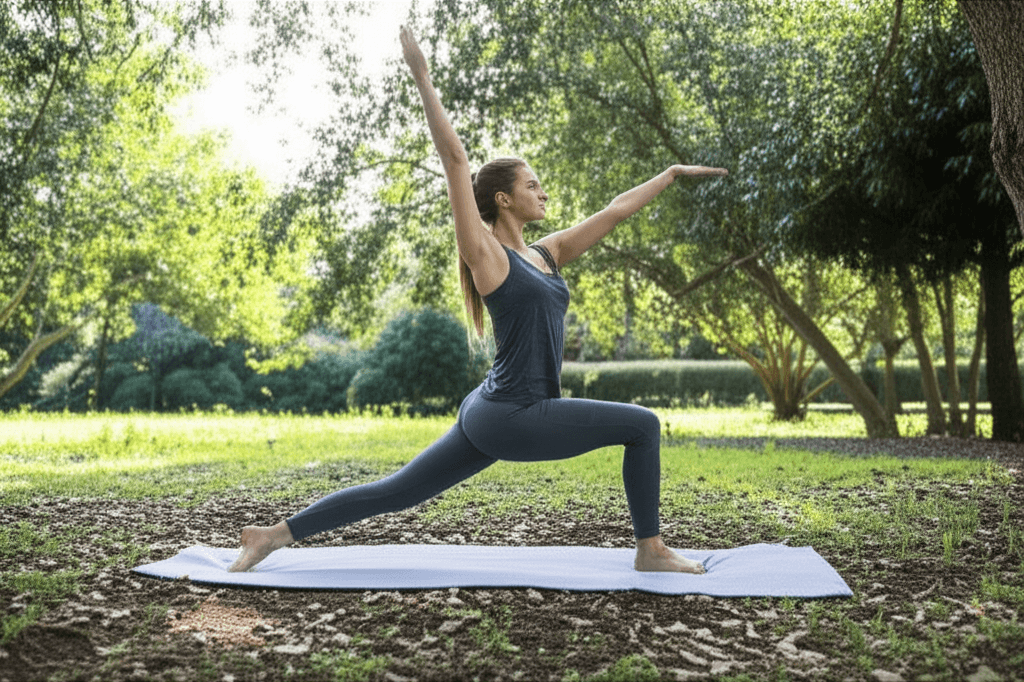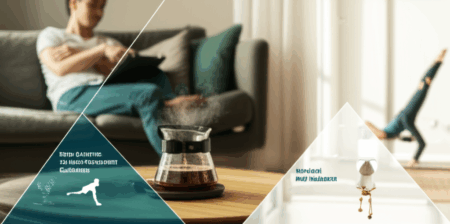For decades, the message has been clear: exercise is good for your mental health. From reducing symptoms of anxiety and depression to boosting mood and self-esteem, the benefits are well-documented. However, recent research suggests that simply “getting moving” might not be enough. The true impact of physical activity on our psychological well-being hinges significantly on the context in which it occurs. It’s not just what you do, but how, where, and why you do it that can make all the difference.
This evolving understanding challenges the traditional focus solely on the “dose” of exercise – such as duration or calories burned – and highlights the profound influence of situational factors, social interactions, and personal enjoyment. By considering these contextual elements, individuals can optimize their physical activity routines to unlock a more significant and sustainable mental health boost.

Beyond the “Dose”: The Importance of Context
While physical activity inherently offers physiological benefits like endorphin release and stress hormone reduction, the psychological experience can vary wildly depending on its surrounding circumstances. A recent study from the University of Georgia emphasized that the same physical movement can evoke vastly different mental states. For instance, a soccer player experiencing elation after a game-winning goal will have a vastly different mental health outcome than someone performing the exact same physical actions but missing the goal and facing blame. This highlights that context may matter as much as, or even more than, the intensity or amount of physical activity.

The Power of “Why”: Leisure Versus Obligation
One of the most significant contextual factors is the purpose behind the activity. Research consistently shows a clear distinction in mental health benefits between leisure-time physical activity and obligatory tasks. Voluntary activities, undertaken for enjoyment and recreation, tend to correlate with better mental health outcomes, including lower levels of depression and anxiety.
Choosing Joyful Movement
Activities such as recreational running, yoga classes, cycling for fun, or team sports are examples of leisure-time pursuits that are associated with stronger mental health benefits. In contrast, physical activity stemming from chores, active commuting, or occupational duties (like working for a lawn care company) shows less clear or even negligible mental health improvements. This suggests that finding pleasure and personal meaning in movement is crucial for its psychological impact.

Connection and Community: The Social Aspect
The presence and dynamics of other people during exercise can profoundly influence its mental health benefits. Exercising with friends, as part of a team, or in a group setting can foster a sense of belonging, reduce loneliness, and provide valuable social support.
Group Dynamics and Instructor Influence
Group activities have been shown to enhance feelings of well-being and increase adherence to physical activity. The interaction with peers, the shared experience, and even the style of an instructor can contribute positively or negatively to how exercise affects mental well-being. For individuals, especially those transitioning to outpatient mental health care, preferences for exercising alone versus in a group vary, but both can be beneficial.

Nature’s Embrace: The Environmental Factor
The physical environment where exercise takes place is another critical contextual element. Numerous studies indicate that exercising outdoors, particularly in natural settings, can amplify mental health benefits.
Green Exercise and Its Benefits
Activities like walking in nature (“forest bathing”), mountain climbing, or exercising in rich natural landscapes have been linked to reduced stress, anxiety, and depression. People who exercise outdoors often report higher levels of vitality, enthusiasm, pleasure, and self-esteem, along with lower tension, depression, and fatigue. They are also more likely to exercise again and for longer durations. The calming effect of nature can help quiet brain activity associated with excitement and busyness, promoting a sense of peace.

Mindful Movement: Enhancing the Experience
Integrating mindfulness into exercise can significantly augment its mental health advantages. Mindfulness involves focusing on the present moment, paying attention to bodily sensations, breathing, and the surrounding environment without judgment.
The Synergistic Effect
Research suggests that combining mindfulness with physical activity can lead to greater improvements in overall mental wellness. Mindfulness-based self-efficacy plays a prominent role in mediating the positive effects of both meditation and exercise programs, helping to “train up” psychological strengths needed for regular exercise, such as motivation and overcoming discomfort. This integrated approach can help activate the parasympathetic nervous system, promoting a “rest and digest” response that reduces heart rate, lowers blood pressure, and calms the nervous system.

Personalized Pathways: Tailoring Your Approach
Given the strong influence of context, a “one-size-fits-all” approach to exercise for mental health is less effective. Instead, tailoring physical activity to individual needs, preferences, and existing mental health conditions is crucial for maximizing benefits and ensuring adherence.
Understanding Individual Preferences
Factors to consider when personalizing exercise for mental well-being include:
- Type of Activity: While aerobic exercises (running, swimming, cycling) are excellent for reducing anxiety and depression, and strength training can improve self-esteem, other activities like yoga and Tai Chi combine physical movement with mindfulness. Walking is a widely preferred and accessible option.
- Intensity: Moderate-intensity activities often offer the most consistent mental health benefits, though vigorous activity also contributes.
- Location: Preferences vary for exercising at home, in a gym, or outdoors.
- Social Setting: Some individuals may prefer solo workouts, while others thrive in group settings.
- Motivation and Barriers: Recognizing common barriers like lack of motivation, low mood, and fatigue, particularly for those with depression, is important for designing supportive programs.
By intentionally choosing exercises that align with personal enjoyment, desired social interaction, and preferred environments, individuals can transform their physical activity from a mere physical task into a powerful tool for profound mental and emotional well-being.







